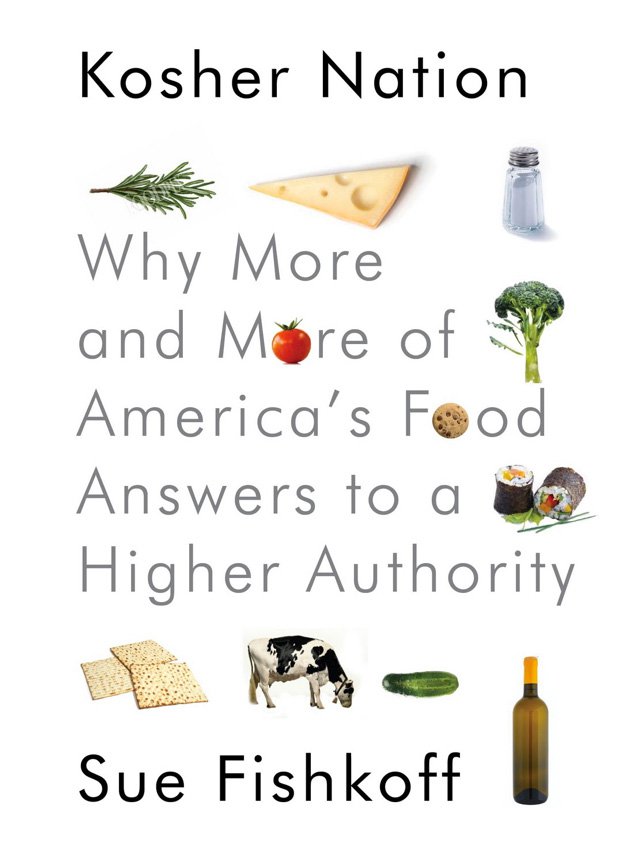Once the mechanisms for keeping and making kosher food have been fully related, Fishkoff gives her readers some of the not-so-charming facts of the kosher food world. She describes the competition among kosher certification agencies. She presents the growing competition among religious communities over who is more observant— a kind of “kosherer-than-thou” approach to righteous living, which seems to upend the unifying potential that kashrut holds. To get at this point, Fishkoff paraphrases David Kraemer, a scholar whose 2007 book is titled Jewish Eating and Identity Through the Ages. She writes: “If kosher laws as developed by the early rabbis were intended to separate Jews from non-Jews, Kraemer says the increasing strictness of kashrut standards today work to separate Jews from other Jews, based on their level of observance.”
This intra-Jewish division is distressing, but I imagine it’s part of larger social trends toward increased religious observance among non-Jews and Jews alike. Fishkoff may or may not think that’s the case. She does almost nothing to explain the rightward movement of American Jewry. She only notes it, again and again.
Only near the end of the book does the author bring up the big red heifer in the kosher kitchen, namely, the 2008 national outcry over a Postville, Iowa, meat pro-duction plant owned by the Rubashkin family. The family was responsible not only for producing most of the glatt kosher meat in the U.S., but for the plant’s illegal and unethical treatment of its immigrant workers, the inhumane treatment of the animals killed at the plant, and a variety of financial crimes. The scandal, which resulted in the conviction of Sholom Rubashkin on 86 federal charges, brought the production of glatt kosher meat to a screeching halt and changed the conversation about kashrut, at least among the progressive Jewish community, including progressive Orthodox Jews.
These Jews have started to seriously question what it means to keep kosher, to wonder about the spirit and the letter of the law. Is a vegetable kosher if it is bug-free or if it was grown organically and locally? Is meat kosher if the animal was slaughtered in a particular way or if it was raised ethically and killed, with not only a bracha, but also the humility required to take an animal life to sustain human life and traditions?
In the end, Fishkoff’s book is bogged down by a parade of details about kashrut. She doesn’t answer the implied question of her subtitle—“Why more and more of America’s food answers to a higher authority.” Instead she shows that it does. In between telling us how Orthodox rabbis make food-processing facilities kosher, she starts to describe a world of kosher food that’s splitting in two. There are glatt kosher Jews and a small but growing number of participants in the new Jewish food movement. These folks carry the Talmud in one hand and food writer and activist Michael Pollan’s oeuvre in the other. For them, keeping kosher is decidedly, and somewhat ironically, un-American. As Anna Stevenson, a new Jewish food activist, has said, “The reason I’m willing to push myself toward it (keeping kosher) is the idea that I can’t just have whatever I want…That is a profoundly different way to be in the world than American culture teaches.”
There’s an interesting conversation to be had through the prism of kosher food in America, a conversation about shifting religious practice, cultural influence on religious observance, and the meaning of eating when food is abundant and identity is self-defined. Unfortunately, Kosher Nationdoesn’t talk enough about any of it
Robin Aronson is a writer in New York City and the former associate publisher of Tikkun Magazine. As a graduate student at the Divinity School of the University of Chicago, she studied Hebrew Bible.

